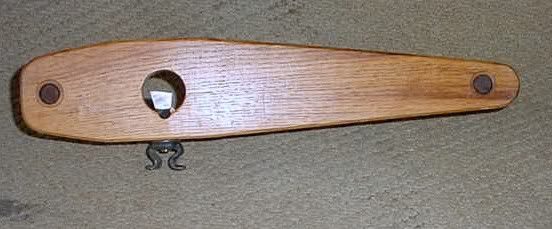I need some type of shoulder plane to clean up tenons (specifically on my Roubo bench right now). I can't afford a LV or LN at this point. Is there an old Stanley equivalent? I looked on the Blood and Gore and it looks like the #90 or #92 would be what I want.
Also need to clean up my glue squeeze-outWould one of these do the job or should I look for something else?




 Reply With Quote
Reply With Quote







 Jr.
Jr. 



